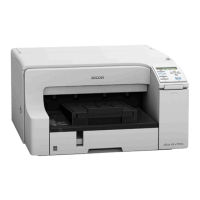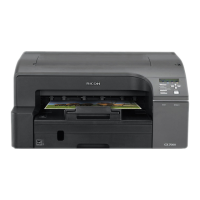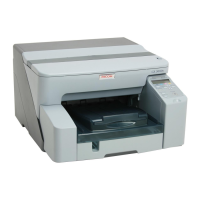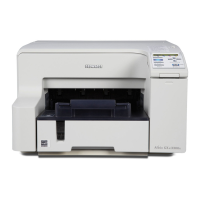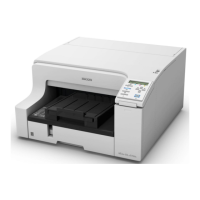USB 2.0
G108 6-52 SM
6.13 USB 2.0
6.13.1 GENERAL FEATURES
Overview
The word USB is an initialism for, Universal Serial Bus. USB can connect up to 127
peripherals, such as external CD-ROM drives, printers, modems, mice, and
keyboards, to the system through a single, general-purpose port. This is
accomplished by daisy chaining peripherals together. USB does not require
terminators, device IDs, and/or DIP switches.
Plug and Play
The user can plug in a USB connector and use the equipment without manually
configuring the system or component. The computer searches the physical storage
for a necessary driver or requests one from the user and then installs it.
NOTE: The computer will prompt the user for a location where the driver can be
found if it does not find the driver in its local storage.
Hot Plugging
The user can connect a USB device to the computer, while the computer and
device are powered on.
USB 2.0 and 1.1
USB 2.0 and USB 1.1 use the same cables, connectors, and software-program
interfaces. Most users do not find any difference between USB 2.0 and USB 1.1.
USB 2.0 supports a higher bandwidth, 480 megabits per second (high speed) than
USB 1.1 (12 megabits per second).
6.13.2 USB CONNECTORS
USB implements serial protocols and
requires a physical link (cable). All
necessary data is transferred through
a single pair of wires. The USB cable
has another pair of wires that supply
the equipment with power. USB
supports two types of connectors–
Type A and Type B. Type A is used on
the host device, such as a computer.
Type B is used for the peripheral device, such as a printer.
G108D965.WMF
G108D966.WMF
Type B
Type A

